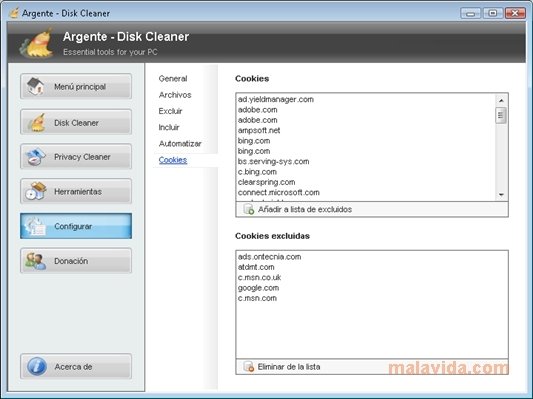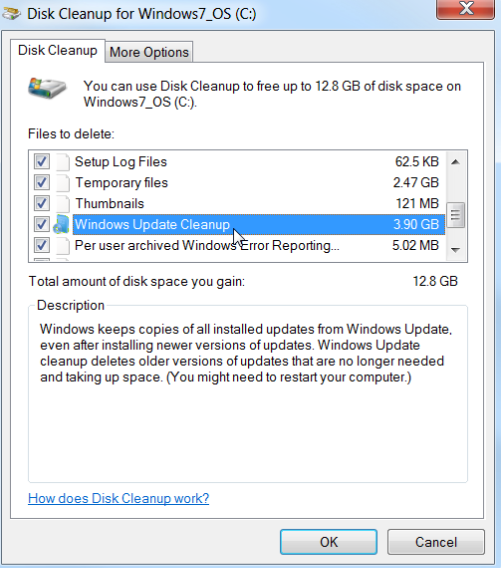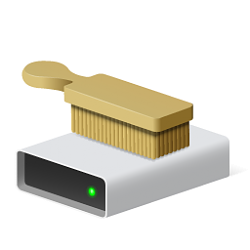

To set up the Disk Cleanup button to appear on a disk's Properties dialog, you need to install the Desktop Experience feature, as shown in the previous section. You can launch the Disk Cleanup tool by running Cleanmgr.exe from a Command Prompt window, or by selecting Start and entering Cleanmgr in the search field. Locate and move the files to %systemroot%\System32\en-US. Locate cleanmgr.exe and move the file to %systemroot%\System32. Select Local Reinstall or Cloud Download, either will work for this process. Select Remove Everything to have Windows remove all your files during the Reset process.
#DISK CLEANER WINDOWS PC#
Click the Reset PC button under Recovery Options. Use the following table to locate the files for your operating system. On Windows 11, head to Settings > System > Recovery. To use cleanmgr.exe, install the Desktop Experience as described earlier, or copy two files that are already present on the server, cleanmgr.exe and. The Disk Cleanup tool (cleanmgr.exe) isn't present on Windows Server 2012 R2 or earlier unless you have the Desktop Experience feature installed. Manually add Disk Cleanup to an earlier version of Windows Server Verify that the Disk Cleanup button appears in the Properties dialog box. In Add features that are required for Desktop Experience?, select Add Features.įinish the installation, and then reboot the system.

On the Select features page, select User Interface and Infrastructure, and then select Desktop Experience. On the Select server roles page, select Next.
#DISK CLEANER WINDOWS OFFLINE#
On the Select destination server page, select a server from the server pool, or select an offline VHD.

On the Select installation type page, select Role-based or feature-based installation to install all parts features on a single server. On the Before you begin page, verify that your destination server and network environment are prepared for the feature that you want to install. On the Manage menu, select Add Roles and Features. On the Windows Start menu, select the Server Manager tile. On the Windows desktop, select Server Manager in the Windows taskbar. If Server Manager isn't open yet, launch it by doing one of the following options. If Server Manager is already open, go to the next step. This process also installs the Disk Cleanup tool. Enable Disk Cleanup on an earlier version of Windows Serverįollow these steps to use the Add Roles and Features Wizard to install the Desktop Experience on a server running Windows Server 2012 R2 or earlier. For more information, see Planning for an Azure File Sync deployment. This method lets you cache your most frequently accessed files locally and tier your least frequently accessed files to the cloud, saving local storage space while maintaining performance. If you're just looking to free up disk space, consider using Azure File Sync with cloud tiering enabled.


 0 kommentar(er)
0 kommentar(er)
